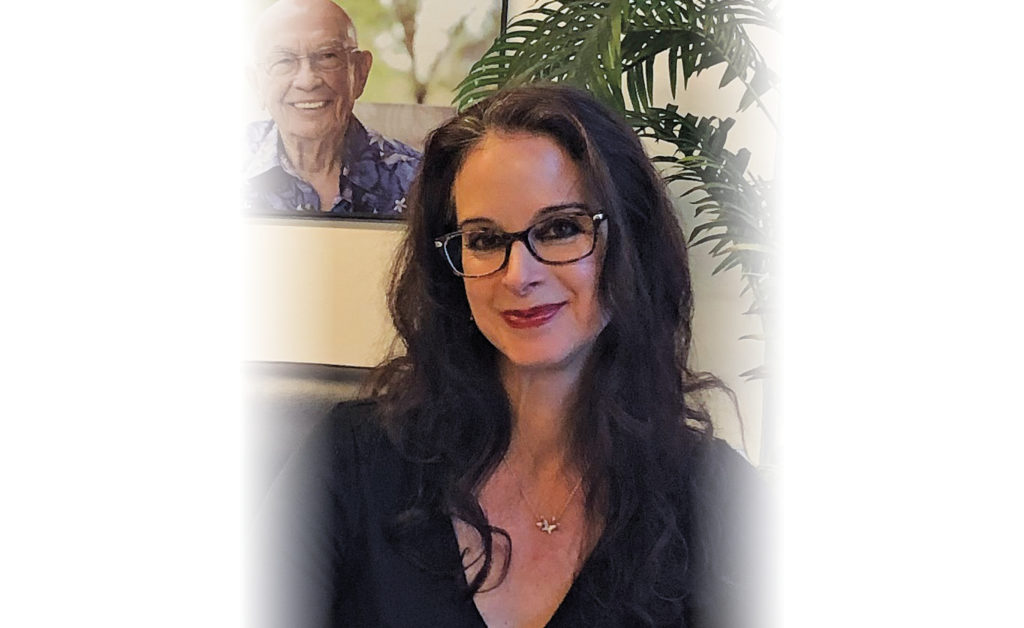by Sherrin Griffin VP, Operations, Sidney SeniorCare –
Every January, we make New Year’s resolutions, determined to improve “something,” whether that be to lose weight, eat better, exercise more … typically, the resolutions encompass healthier habits, and that’s a good thing. The challenge is sticking to the new habit, and making it a sustainable part of our lifestyle, long term.
My resolution in 2023 is to increase my longevity, and, yes, that does equate to eating healthier, exercising more and getting better quality sleep as those goals still are the cornerstones to good health, but I want to take it further: I want to know what the centenarians out there are doing, and what it takes to not only reach 100, but to reach it without chronic disease, with good mobility, good cognition and a positive frame of mind.
Many of you have probably heard of the “Blue Zones,” as there have been recent documentaries detailing these regions in the world where people live longer, healthier, and reach centenarian status at 10 times the rate of the U.S. These pockets seem to be anomalies where their citizens manage to escape the ravages of heart disease, diabetes, auto-immune conditions and cancer that are steadily increasing for the rest of us. What can we learn from these Blue Zones, without packing up all our worldly possessions and moving there?
What began as a National Geographic expedition in the early 2000s, led by Dan Buettner to uncover the secrets of longevity, evolved into the discovery of five specific places around the world where people consistently live to and over 100 years. These Blue Zones have been identified as: Okinawa, Japan; Sardinia, Italy; Nicoya, Costa Rica; Ikaria, Greece; and Loma Linda, California. I have to admit that I was surprised to find one of the Blue Zones in the United States, considering the ill health of its population compared to other developed, high-income countries; however, Loma Linda is home to one of the largest Seventh-day Adventist centres, a population that observes many health-enhancing lifestyle practises.
The research team was able to distinguish evidence-based commonalities between these five different Blue Zones including:
Natural Movement. These residents do not frequent gyms or have scheduled exercise regimes. Their environments and lifestyles dictate movement the way our bodies were originally designed to move – walking, bending, reaching, stretching, etc.
Sense of Purpose. Blue Zone residents are integral members of their communities; many do physical work into their 70s, 80s and even 90s, by farming, working their own land, building things and exercising other valuable skills.
Ability to De-Stress. The longest-living people have regular practises to shed stress such as pausing to remember and honour their ancestors, taking naps, and having social happy hours.
Whole Food, Plant-based Diet. Blue Zone residents eat lots of beans, scientifically proven to boost longevity. Meat is eaten maybe once a week, and only three to four ounces at one time.
Wine Drinking. People in all Blue Zones (except the Adventists in Loma Linda) drink moderate amounts of wine equating to one or two, at the most, glasses per day in a social setting which also promotes overall health and well-being.
Sense of Belonging. Almost all Blue Zoners belong to some sort of faith-based community, attending services regularly which can extend life expectancy up to 14 years according to research.
Family is Priority. Senior family members are either living with their families or are nearby, and are valued and cared for as they age.
Supportive Social Networks. Those that live the longest are part of “tribal” networks: social circles that care for and support their members. Okinawans create “moais” – a group of five friends who commit to each other for life.
To put it simply, the residents in the Blue Zones live quite differently than most of us, and while it may be challenging to achieve all of the lifestyle factors listed above in our fast-paced, technology-driven environment, one resounding lesson I have learned is that increased longevity is a journey of many steps, and each step forward brings us closer to centenarian status.




